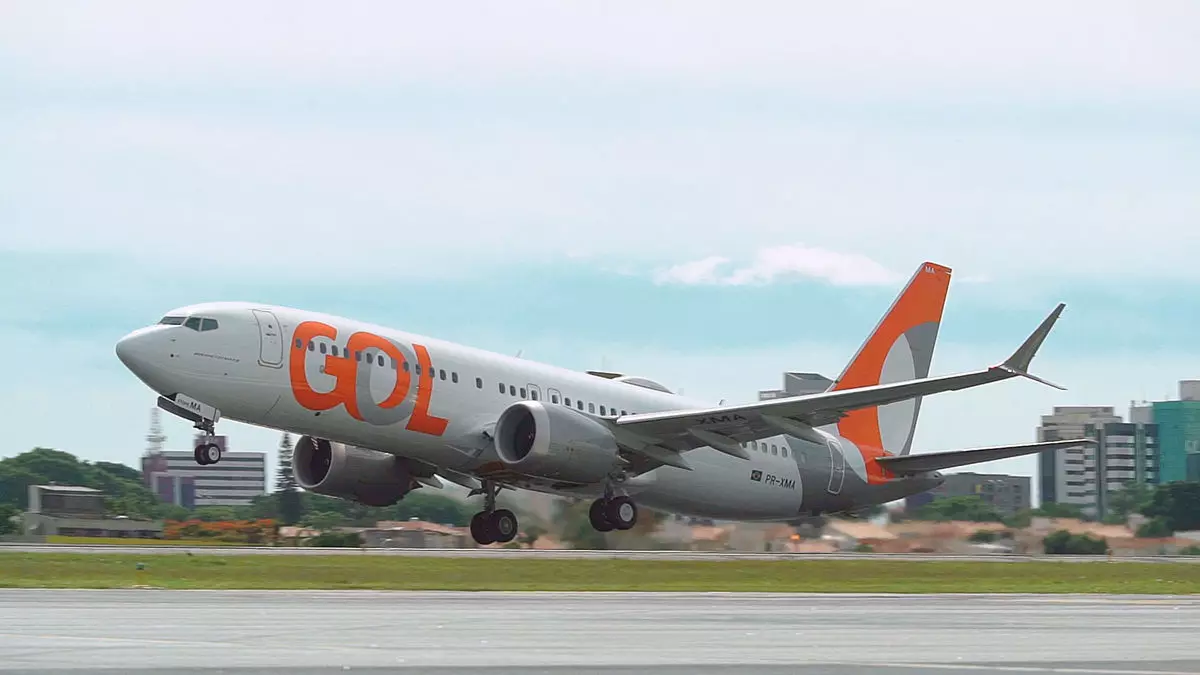In a significant move that could reshape the Brazilian aviation industry, two notable carriers, Azul and Gol, have initiated discussions to merge their operations in both domestic and international markets. This preliminary agreement, marked by a nonbinding memorandum of understanding, sets the stage for negotiations regarding the economic terms under which the two airlines may join forces. However, before a formal merger can be consummated, it awaits various corporate and regulatory approvals, as well as successful restructuring efforts from Gol, which has recently navigated through Chapter 11 bankruptcy.
At the core of this potential merger lies Abra Group, a major stakeholder in both airlines. Abra’s strategic vision centers on strengthening its influence in Brazil and enhancing its global presence. This initiative is reflective of a broader trend in the aviation industry, where alliances and mergers are increasingly seen as viable strategies to combat challenges posed by market volatility and intense competition. Manuel Irarrazaval, CFO of Abra Group, has emphasized the strategic importance of this move, highlighting its capacity to not only enhance service offerings but also foster a robust network across Brazil and beyond.
If the merger is finalized, Azul and Gol will not operate under a single brand but will maintain their respective operating certificates. This dual-brand approach could offer a unique advantage by allowing both airlines to preserve their individual identities while leveraging combined resources. The financial merger is expected to enable a coordinated effort in network and product offerings, potentially serving over 200 destinations. This extensive network could dramatically shift market dynamics, granting the newly combined entity a commanding share of approximately 61.4% of the Brazilian market based on projected passenger volumes for 2024, significantly outpacing rival carriers such as Latam.
Presently, Gol operates a fleet of 137 Boeing 737 aircraft, whereas Azul boasts a more diverse fleet comprising 188 planes. The scale of this potential merger could create a formidable player within the sector, allowing for optimized fleet utilization and enhanced service capabilities. In recent months, Azul has initiated flights to various U.S. destinations including Fort Lauderdale and Orlando, while Gol has established routes to Miami, positioning both airlines to capitalize on a growing demand for international travel.
Despite the potential benefits of increased capacity and improved service offerings, the sheer scale of this merger will undoubtedly attract close scrutiny from antitrust authorities. The combined market dominance raises concerns regardingcompetition, prompting regulators to analyze the implications for consumers and other competitors in the landscape. Proponents of the merger argue that the consolidation could lead to an overall increase in flights and an enhancement of product offerings, potentially offsetting the risks associated with reduced competition.
The proposed merger between Azul and Gol may signify a transformative chapter for Brazilian aviation, promising to broaden access to travel and enhance connectivity for consumers. However, the journey to completion involves navigating a complex web of regulatory landscapes and restructuring hurdles. As discussions evolve, the focus will remain not just on the operational mechanics of the merger, but also on its implications for competition and consumer choice in Brazil’s rapidly changing air travel market.


Leave a Reply